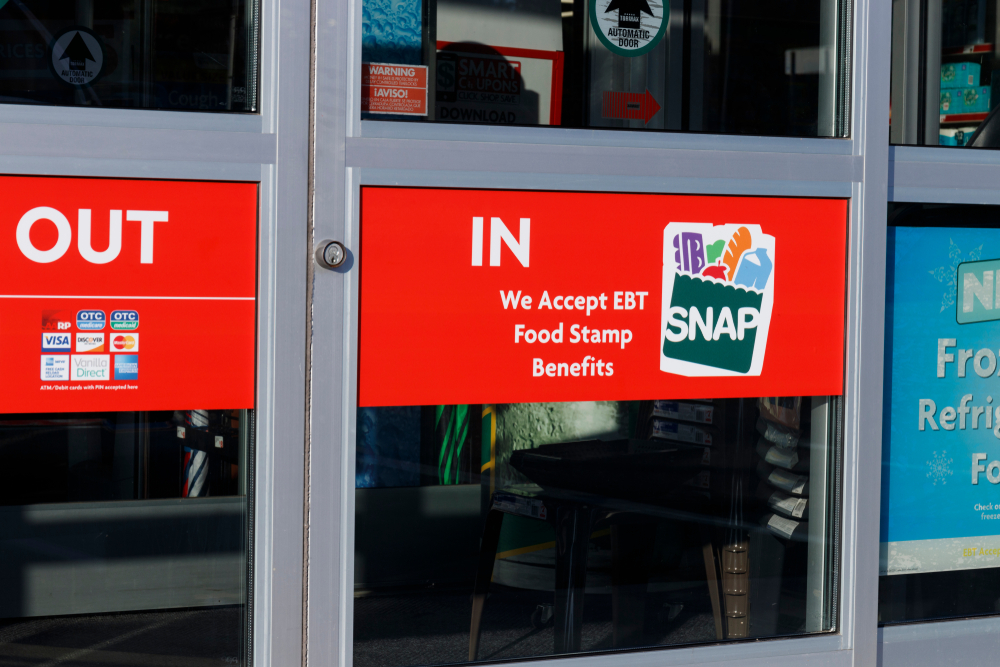A Quick Guide To Snap

The Supplemental Nutrition Assistance Program (SNAP) is the largest federal program fighting hunger and food insecurity among low-income Americans. SNAP benefits, also known as food stamps, are transferred to needy families via debit cards, which can be used to purchase food items in retail stores across the country. SNAP has demonstrated significant anti-poverty effects despite accounting for a small portion of federal spending.
The Supplemental Nutrition Assistance Program is available to most families and individuals who meet the program’s income guidelines (SNAP, formerly the Food Stamp Program). The amount of SNAP benefits received by a family is determined by its income and certain expenses.
Eligibility Determination
To be eligible for benefits, a household’s income and resources must pass three tests, according to federal regulations.
- Gross monthly income: household income before any program deductions — must generally be at or below 130 percent of the poverty line. The poverty line used to calculate SNAP benefits will be $1,830 per month for a family of three. As a result, 130 percent of the poverty line for a three-person family is $2,379 per month, or approximately $28,550 per year.
- Net income, or household income after deductions, must be equal to or less than the poverty line.
- Assets must be less than certain limits: households without an elderly (60 or older) or disabled member must have assets of $2,500 or less, and households with such a member must have assets of $3,750 or less.
How much does SNAP cost?
SNAP accounts for a very small portion of the federal budget. In 2020, SNAP spending accounted for 1.3 percent of total federal spending. SNAP, on the other hand, is a counter-cyclical income-security program, which means that participation expands automatically, and by design, during economic downturns and contracts in response to economic growth. Due to the pandemic, spending has increased, but it is predicted to reduce as businesses reopen.
While SNAP is not a large part of the federal budget, it is by far the largest nutrition assistance program in the United States; in fiscal year 2020, the program alone accounted for nearly half of USDA’s budget and approximately 72 percent of all federal food assistance spending. Unlike other nutrition assistance programs, which target specific populations such as schoolchildren and new mothers, SNAP is available to all households in need and thus more responsive to economic fluctuations.